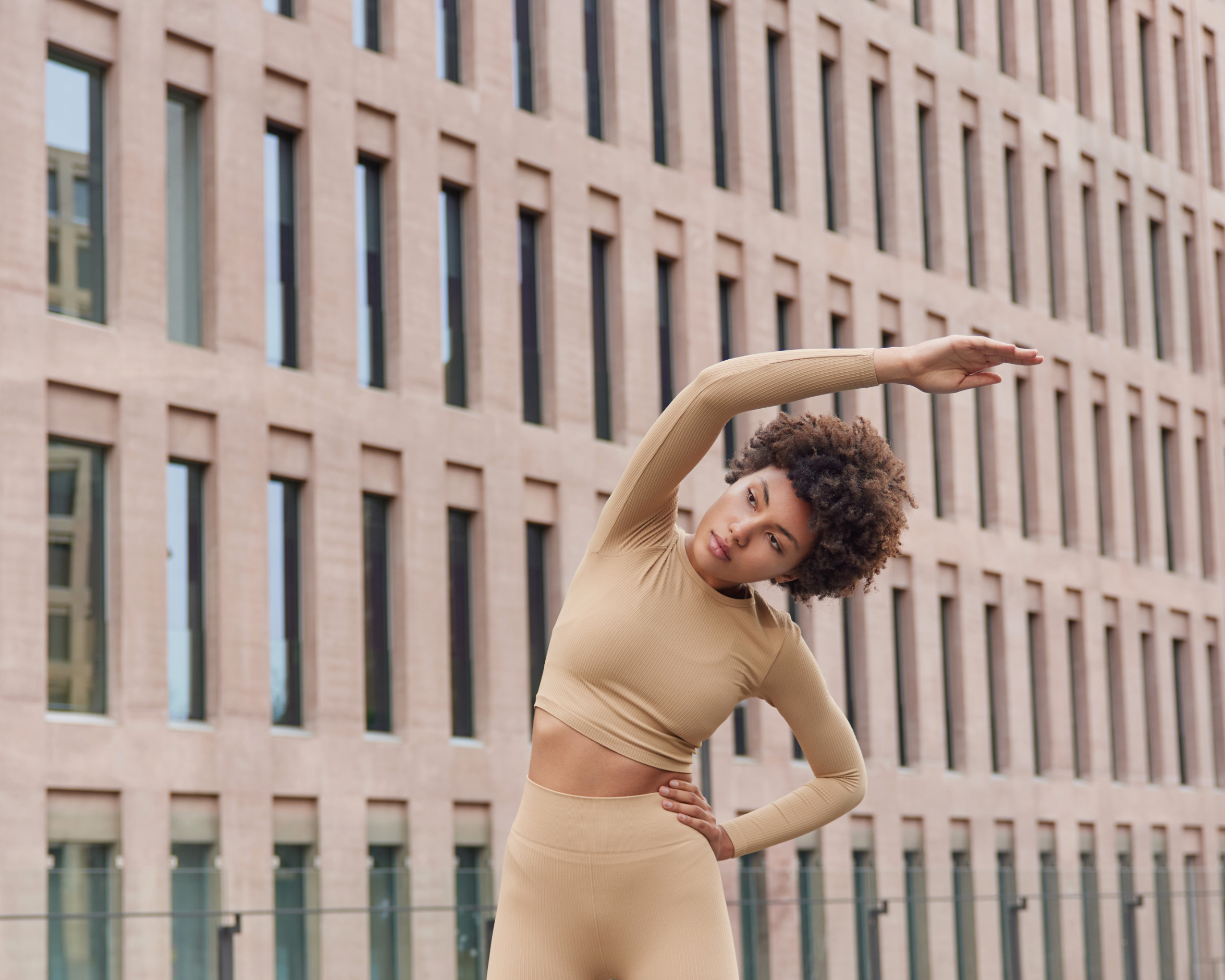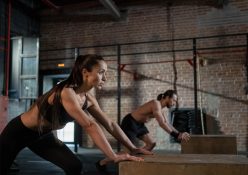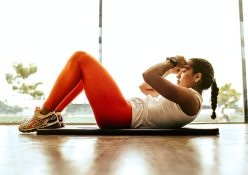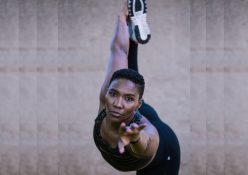Grab your notepad and get ready to put together your custom workout routine in a flash! Consider this your ‘building a workout 101’ guide, if you will.
Putting a workout together may seem like a job only personal trainers can do, but if you know the basics on piecing together movements, and building a structured workout from that, you can programme for anyone – no matter what their fitness goals are. So, let’s take a look at some basics to help you programme your own workouts.
When I refer to basics, I am not referring to basic exercises like squats and push-ups. I’m referring to having a basic understanding of muscle groups and what movements work well with one another. So, if you look at squats and push-ups, for example, you have a chest (upper body) and leg (lower body) movement, which are not easy to pair together. However, if you’re looking at doing an upper- and lower-body set, but want both muscle groups to be given equal focus, you can choose exercises like single-leg push-ups as this requires you to raise one leg, tightening the hamstrings and glutes – all while focusing on building your chest. The lower-body set could then include something like a squat press, as this requires you to squat with a weight, but also gives you the benefit of pressing the weight overhead when you stand up to shift focus to shoulder strength. This is called ‘dynamic training’, which means that more than one muscle is trained during a single exercise.
DYNAMIC BENEFITS
In my opinion, dynamic training is much more beneficial than compound-based training. Dynamic training allows you to access a different part of the gym, as well as a different mindset of training. You can experiment with equipment such as medicine balls, kettlebells and battle ropes. These are handy pieces of equipment that are often overlooked at the gym.
PAIRING MUSLCE GROUPS
Here is a basic guide to pairing up muscle groups. These groups complement each other and exercises often require the use of both muscles to effectively complete it:
> Chest and triceps: Try narrow push-ups.
> Back and biceps: Use narrow barbell rows with palms facing up.
> Legs and shoulders: Deadlift high-pulls will do the trick.
> Your core can be paired with either of the six mentioned above as it’s the only muscle that is consistently activated throughout any workout.
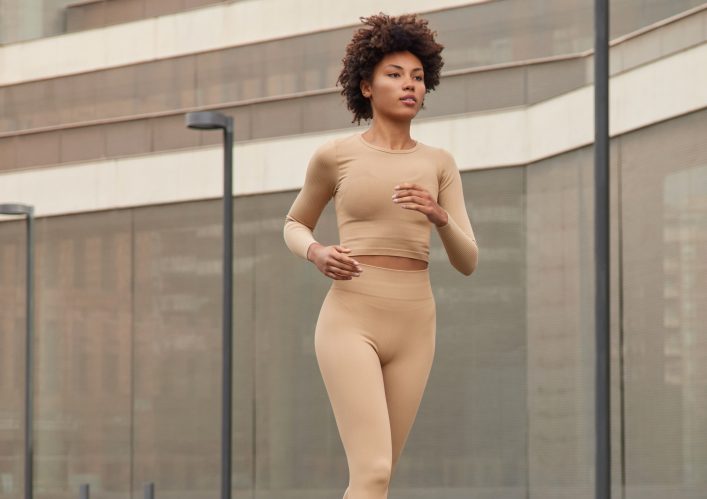
STAYING BALANCED
Now, all efficient workout programmes should also place a focus on symmetry. This means making sure that nothing is too weak or fragile (or even too strong), or neglected in comparison with the rest of your body. For example, is your back feeling weaker than your chest? This could ultimately end up building bad posture, as your pecs will pull your shoulders forward, leading to nasty injuries. Then, are your hamstrings weaker than your quads? Overlooking this may develop an uneven pull at your knee joint, which will cause pain.
These examples are exactly why you need to keep your body in equilibrium. For each exercise that really works your chest area, try to include at least one back exercise. And for every set of reps that affects your quads, try to factor in an additional set that’ll focus on strengthening your hamstrings and glutes.
In addition, it is vital that you balance your body between left and right sides. You can do this by incorporating exercises that target each arm or leg, separately. Try using dumb-bells instead of barbells for upper-body exercises, or including single-leg exercises.
THE UNDERDOGS
These pieces of workout equipment are often overlooked, yet make all the difference, and are convenient for working out at home, as well:
> Resistance bands
> Jump ropes
> Blocks
> Pull-up bars
> Balance boards
On the topic of muscle groups, pairing upper-body movements with lower-body movements won’t be easy as a beginner programmer. Once you become more familiar with a wide variety of exercises and types of equipment, you can start pairing together upper- and lower-body movements so that the movements flow into one another. These will be the dynamic movements like squat presses, burpee pull-ups or deadlift high-pulls.
By Ray Toefy; Additional text: Charndré Emma Kippie
Photography freepik

